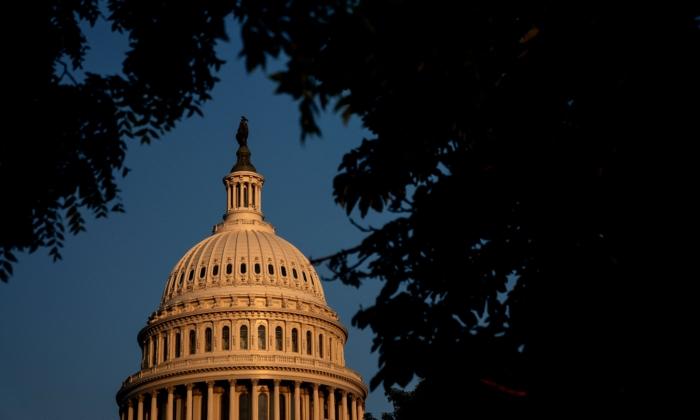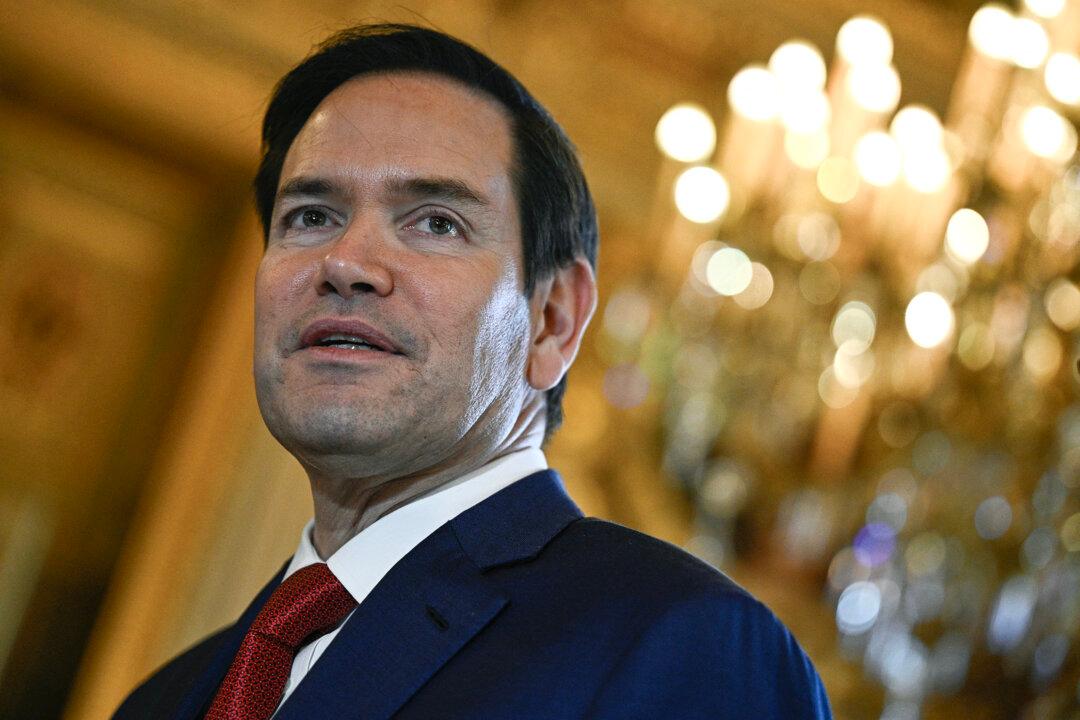America’s public debt is projected to rise to record levels over the next three decades, according to a new Congressional Budget Office (CBO) analysis, which noted that the government’s finances have improved a bit thanks to the GOP-led debt ceiling deal but overall remain “challenging.”
That’s down from the previous projection of $20.3 trillion, with most of the decline stemming from the expectation that the FRA’s statutory caps will put a ceiling on discretionary funding in 2024 and 2025.
The CBO’s long-term projections, which extend the outlook from a 10-year to a 30-year period, describe the nation’s longer run finances as slightly better than before the FRA was passed, but still worrisome.
Federal debt is expected to rise in relation to gross domestic product (GDP), surpassing its historical high in 2029, when it reaches 107 percent of GDP. It then continues to climb, hitting 181 percent of GDP by 2053, per CBO.
“Such high and rising debt would slow economic growth, push up interest payments to foreign holders of U.S. debt, and pose significant risks to the fiscal and economic outlook,” CBO said in a statement, adding that so big of a debt burden “could also cause lawmakers to feel more constrained in their policy choices.”
Red Flags
The CBO estimate indicates that federal spending as a percentage of GDP is expected to drop steadily from 24.2 percent in 2023 to 23.1 percent in 2026.However, spending then starts to rise, reaching 29.1 percent of GDP in 2053. By comparison, the average outlays to GDP ratio between 1973 and 2022 was 21 percent.
One alarming finding in the report is that the inflation-driven high interest rate environment, along with persistently large primary deficits, are expected to cause debt-servicing interest costs relative to GDP to go up by nearly 300 percent over the next three decades.
However, the debt limit deal will result in a $188 billion decrease in net interest payments by 2033, beginning with a $1 billion drop in fiscal year 2024, according to CBO’s earlier impact assessment of the FRA.
Further, an aging population combined with growing health care costs boosts federal spending “significantly” on major health care programs and Social Security, the CBO said in the report.
Much like the spending projections, revenues are expected to fall from now until 2026, when some provisions from the Trump-era tax act are scheduled to expire.
The CBO report expects revenues to fall to 18.4 percent of GDP in 2023 and continue to decline until 17.8 percent in 2026. Revenues then gradually rise to 19.1 percent of GDP by 2053.
The CBO report warns that if the federal debt continues to rise in relation to GDP at the projected rate, there “would be an elevated risk of a fiscal crisis” in which investors lose confidence in the U.S. government’s ability to repay its debt and make interest payments. This, in turn, could cause interest rates to “increase abruptly, inflation to spiral upward, or other disruptions to occur,” CBO warned.
Other adverse effects would be possible too; like if expectations about the future rates of inflation push higher, the U.S. dollar’s role as the dominant international reserve currency could be undermined.
“Concerns about the government’s fiscal position could lead to a sudden and potentially spiraling increase in people’s expectations for inflation, a large drop in the value of the dollar, or a loss of confidence in the government’s ability or commitment to repay its debt in full, all of which would make a fiscal crisis more likely,” the report states.
There are other factors beside the amount of federal debt that feed into the risk of a fiscal crisis, and CBO said it’s unable to identify a tipping point at which the debt-to-GDP ratio would be so high that it makes a crisis likely or imminent.
However, it assessed the near-term risk of a fiscal crisis as low.
Meanwhile, the national debt surpassed $32 trillion for the first time in U.S. history when the Treasury Department released data on June 17—and the debt has gone up since.
One provision of the FRA suspends the debt ceiling for 19 months, which means the government can continue to borrow money until the end of 2024.





